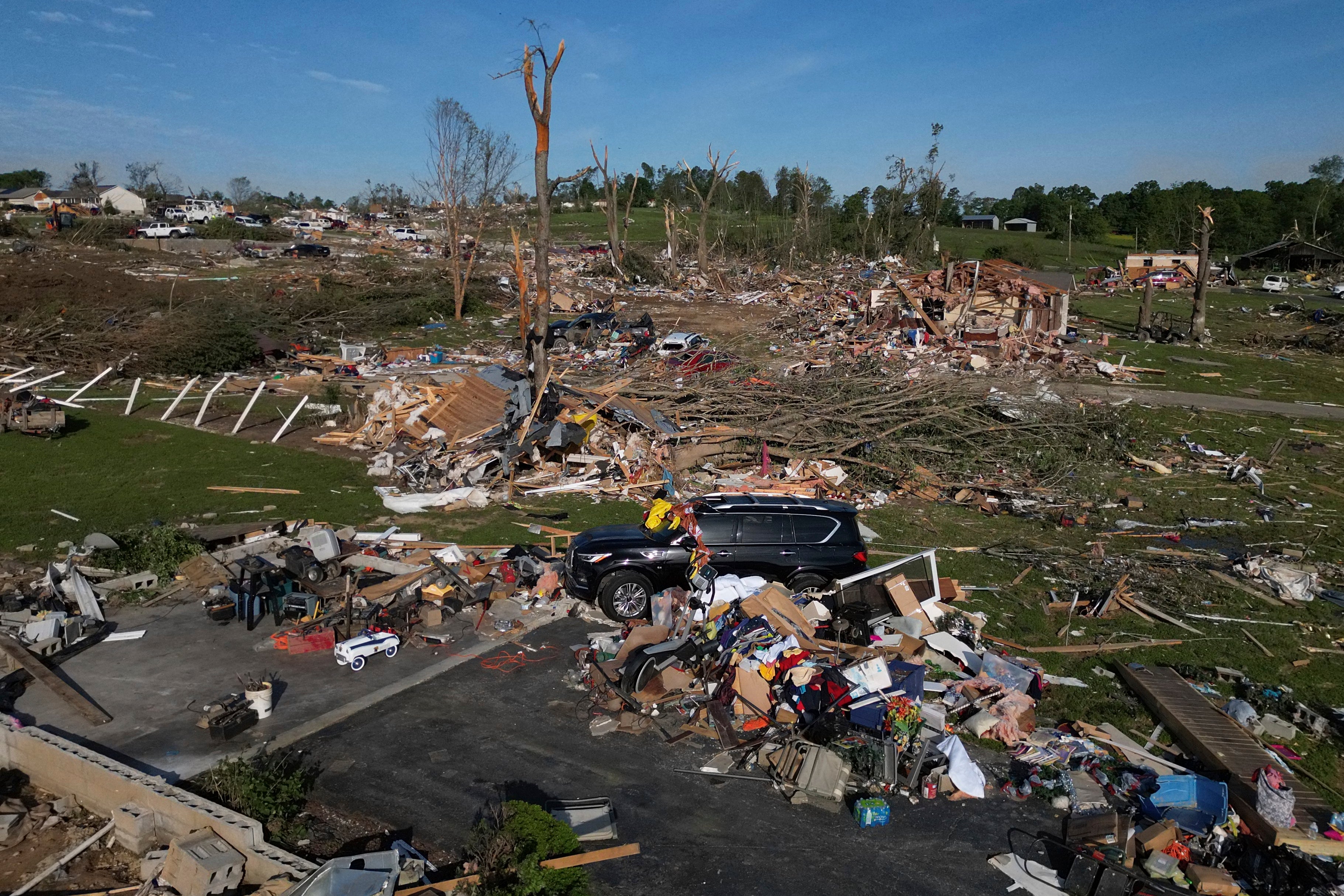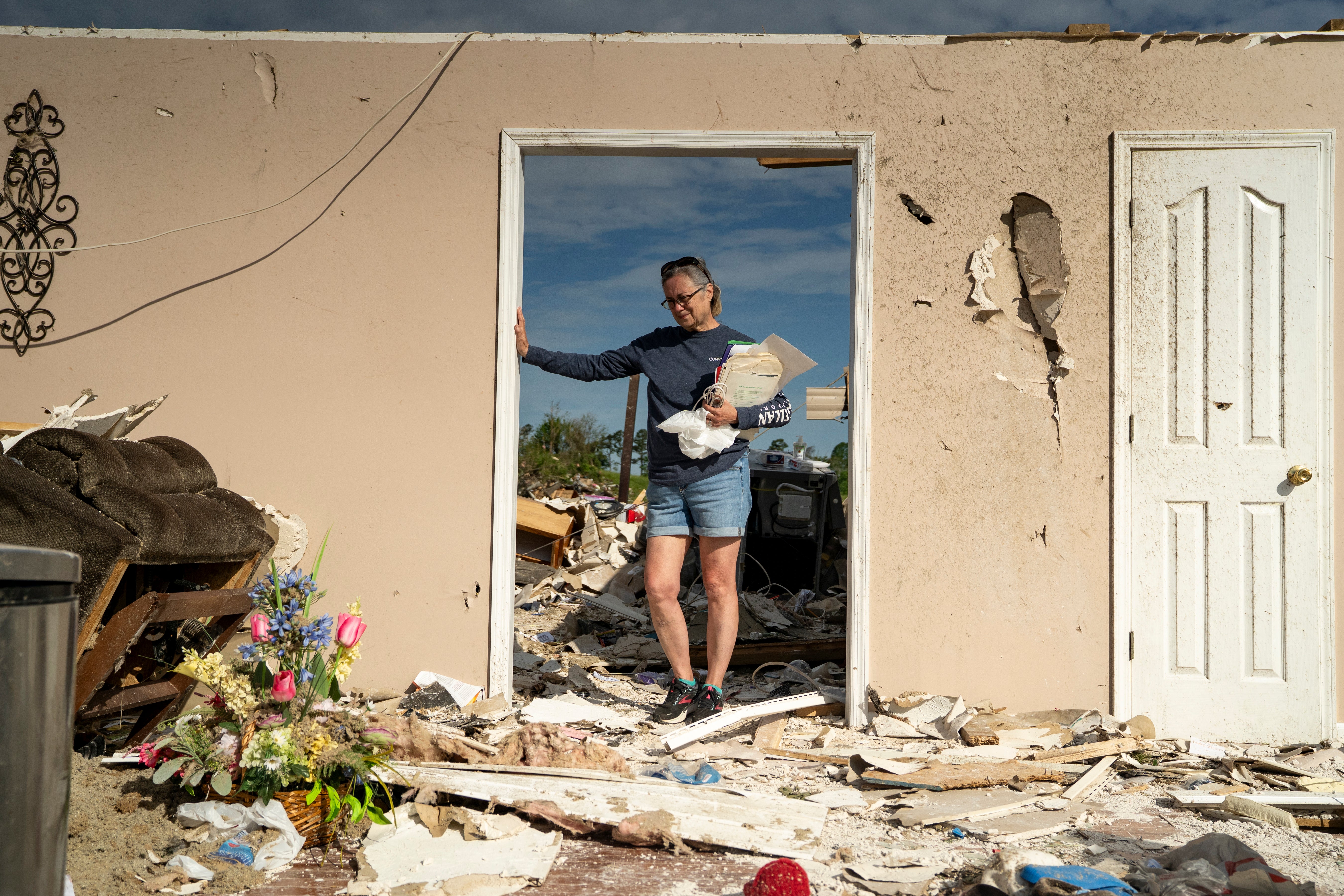The impact of staffing cuts to the National Weather Service was tested on Friday when an eastern Kentucky office had to use surge staffing and nearby offices to ensure the public received timely information about incoming deadly storms.
Bracing for thunderstorms, damaging winds, flooding, hail, and tornadoes, the National Weather Service office in Jackson, Kentucky, had to pre-plan staffing schedules to ensure round-the-clock coverage.
The office recently lost its overnight forecaster, one of several in the country to face staffing shortages due to the Department of Government Efficiency’s cuts to the National Oceanic and Atmospheric Administration.
However, with the impending severe weather, the office had to rely on nearby offices in Louisville and Paducah to provide overnight coverage. It also staggered its staff’s schedules on Friday.
“We saw the risk many days ago,” Christian Cassell, one of the office’s meteorologists, told the Washington Post. “We were already planning how we would staff days in advance.”
A spokesperson for NOAA told The Independent that neighboring offices provided staffing support to Jackson, allowing it to remain “fully staffed through the duration of the event.”
“The National Weather Service offices in Louisville, Jackson, and Paducah provided forecast information, timely warnings, and decision support in the days and hours leading up to the severe weather on May 16,” the spokesperson said.
Residents of the area still received timely reports on the weather through their usual means.
Even with warnings, the severe weather tore apart neighborhoods and left at least 18 people dead in Kentucky. Reports said the town of London, which the Jackson weather service office serves, was hit especially hard.

This time, the Jackson office had advanced notice about the storms, which allowed it to prepare. Had it not, the Jackson office would not have had an overnight forecaster.
Nearly 600 people have left the National Weather Service in recent months through layoffs or retirements.
In March, the Trump administration told NOAA to eliminate 1,000 workers, in addition to the nearly 1,300 workers who had already left. Those cuts have trickled down to the National Weather Service.
Now, at least eight of the 122 offices around the U.S. that typically provide 24/7 weather coverage cannot do that.

The office in Jackson would typically have 13 meteorologists, but is currently operating with nine. Tom Fahy, the legislative director for the National Weather Service Employees Organization, told the Washington Post that it's also missing two management positions and three technical specialists.
The Independent has asked the White House and the National Weather Service Employees Organization for comment.
Nee Jackson, the director of emergency management for Pike County, told the Lexington Herald Leader that nearby offices are covering for Jackson during overnight hours, but it may not be sustainable.
“It’s working for now. It is concerning. I don’t know how long they can keep this up,” Jackson said.







